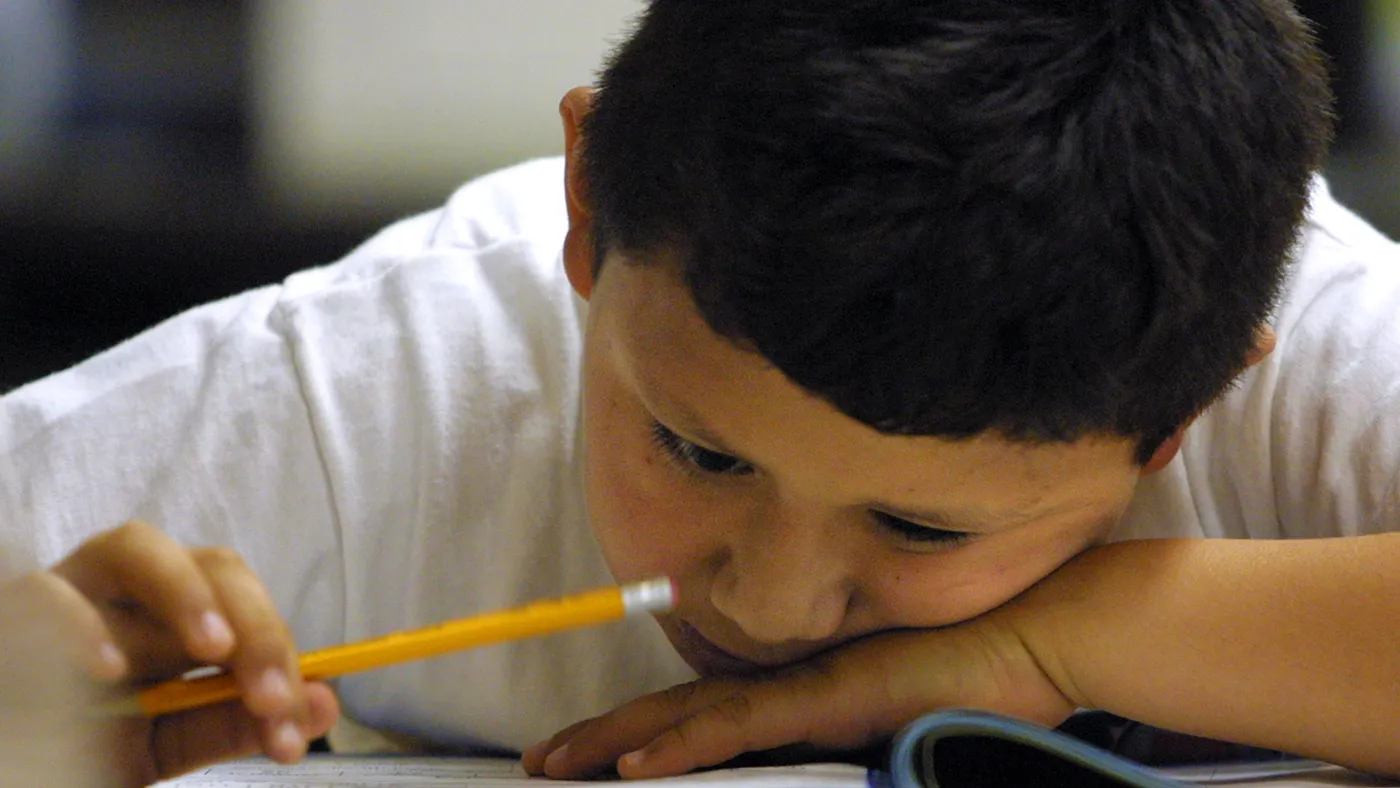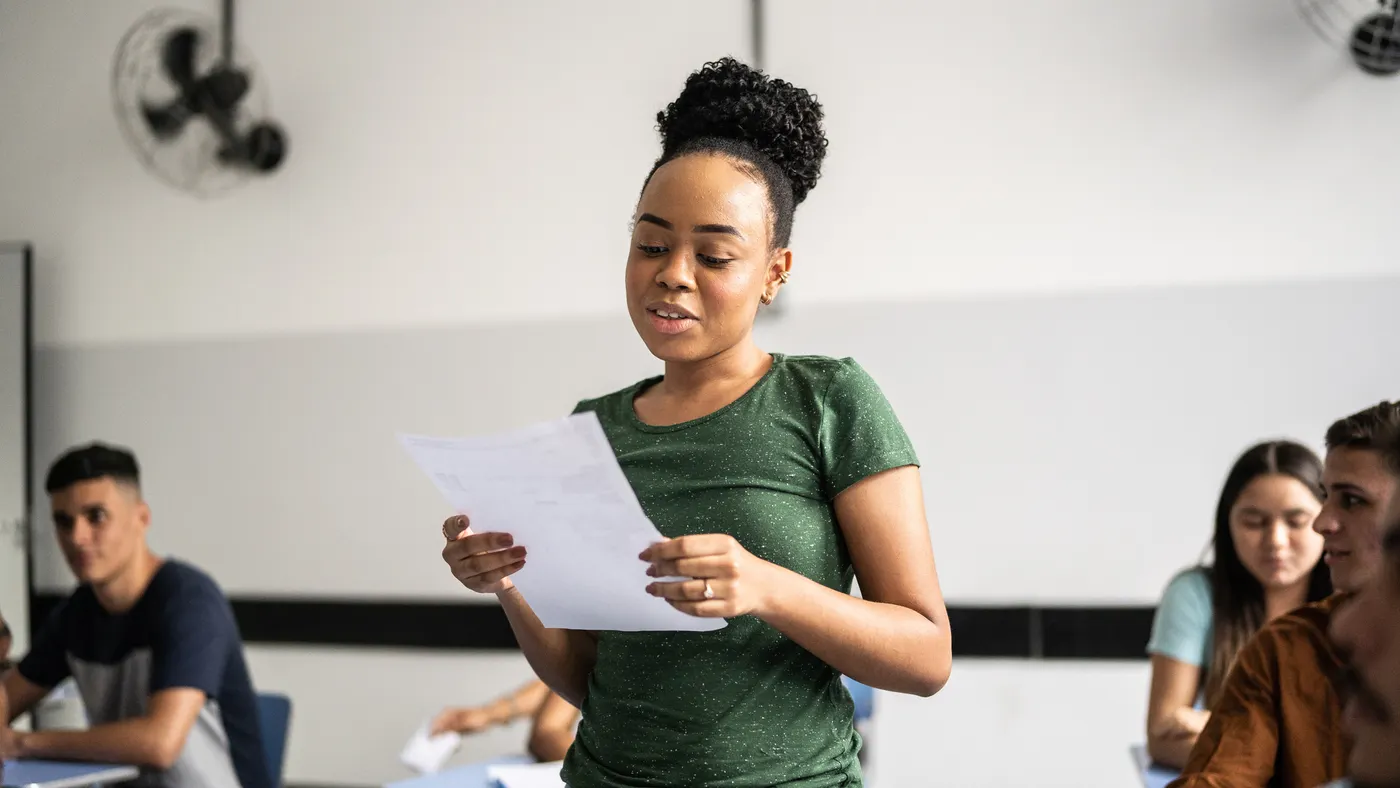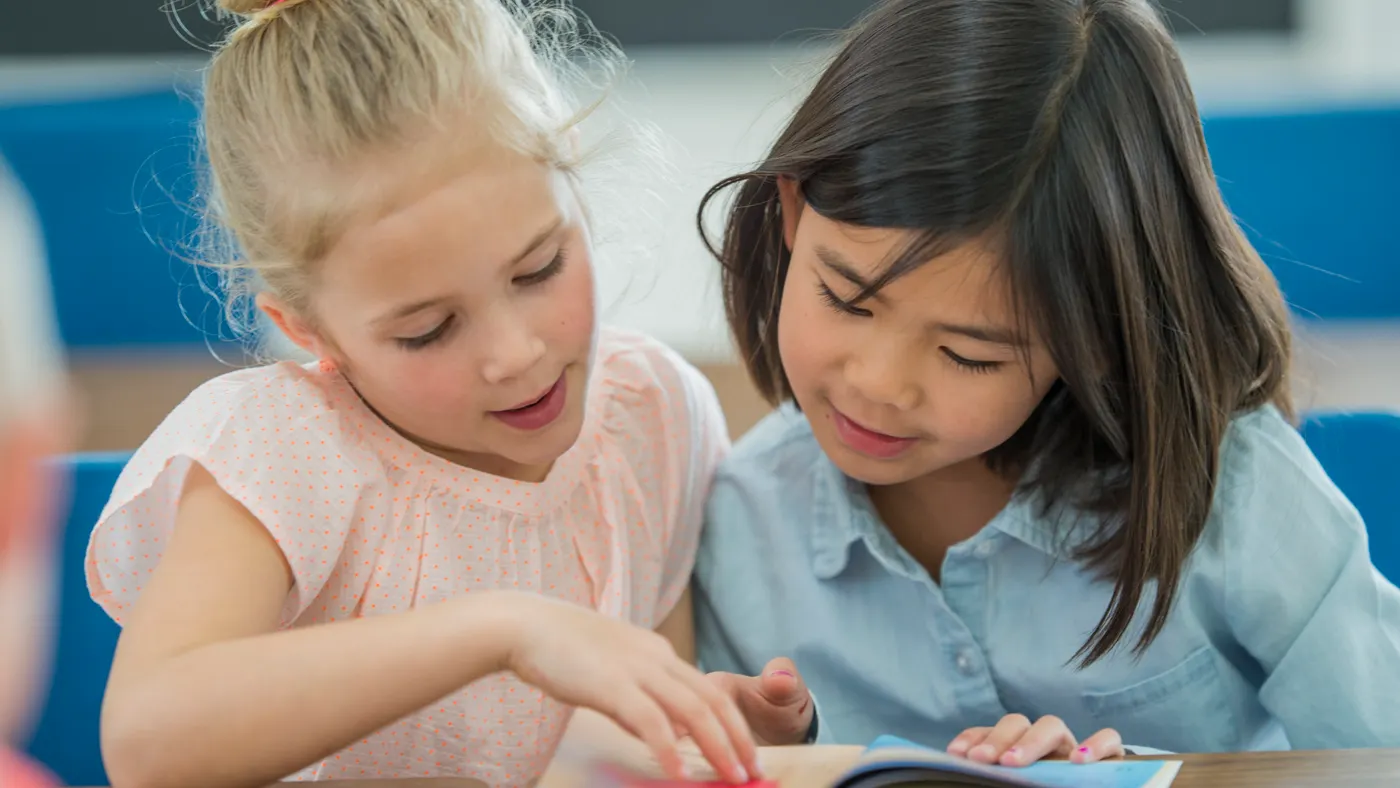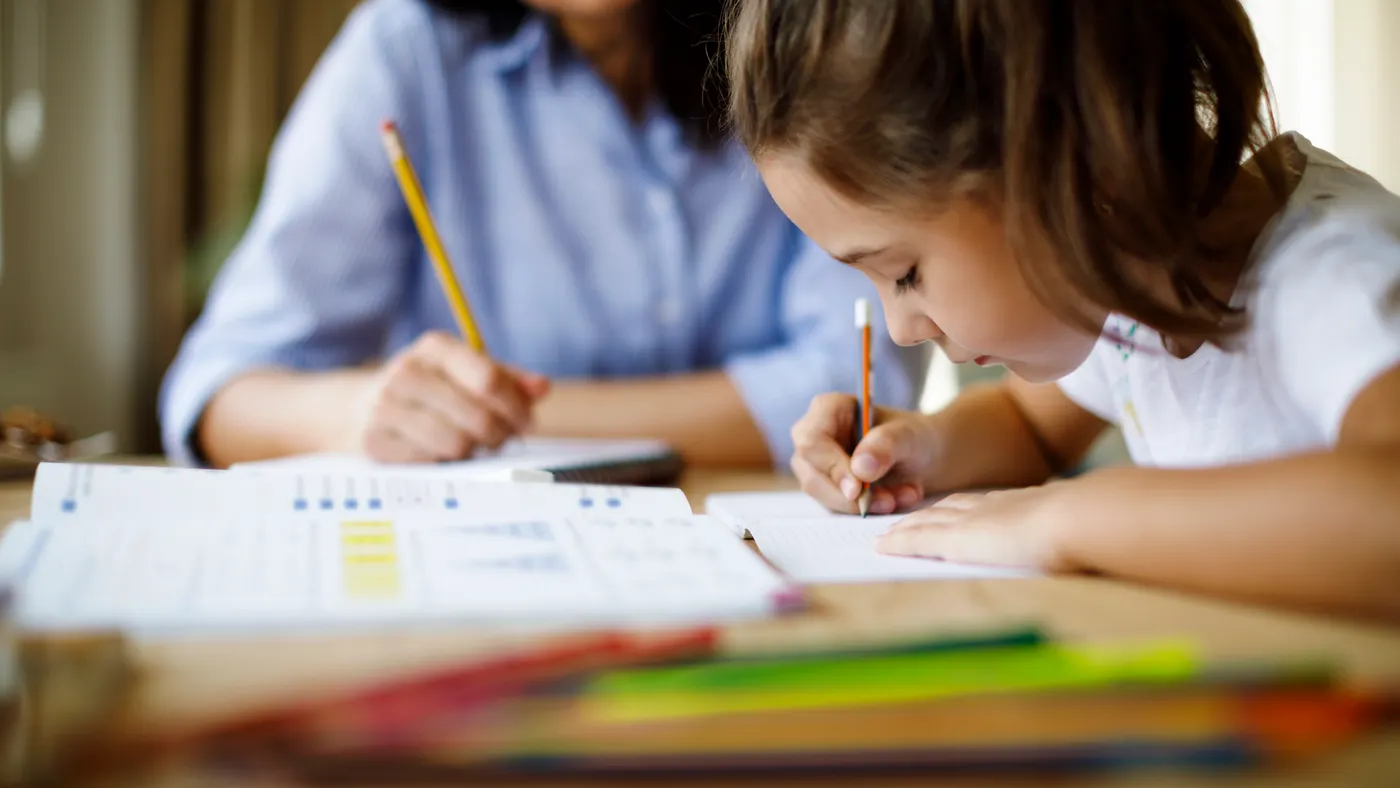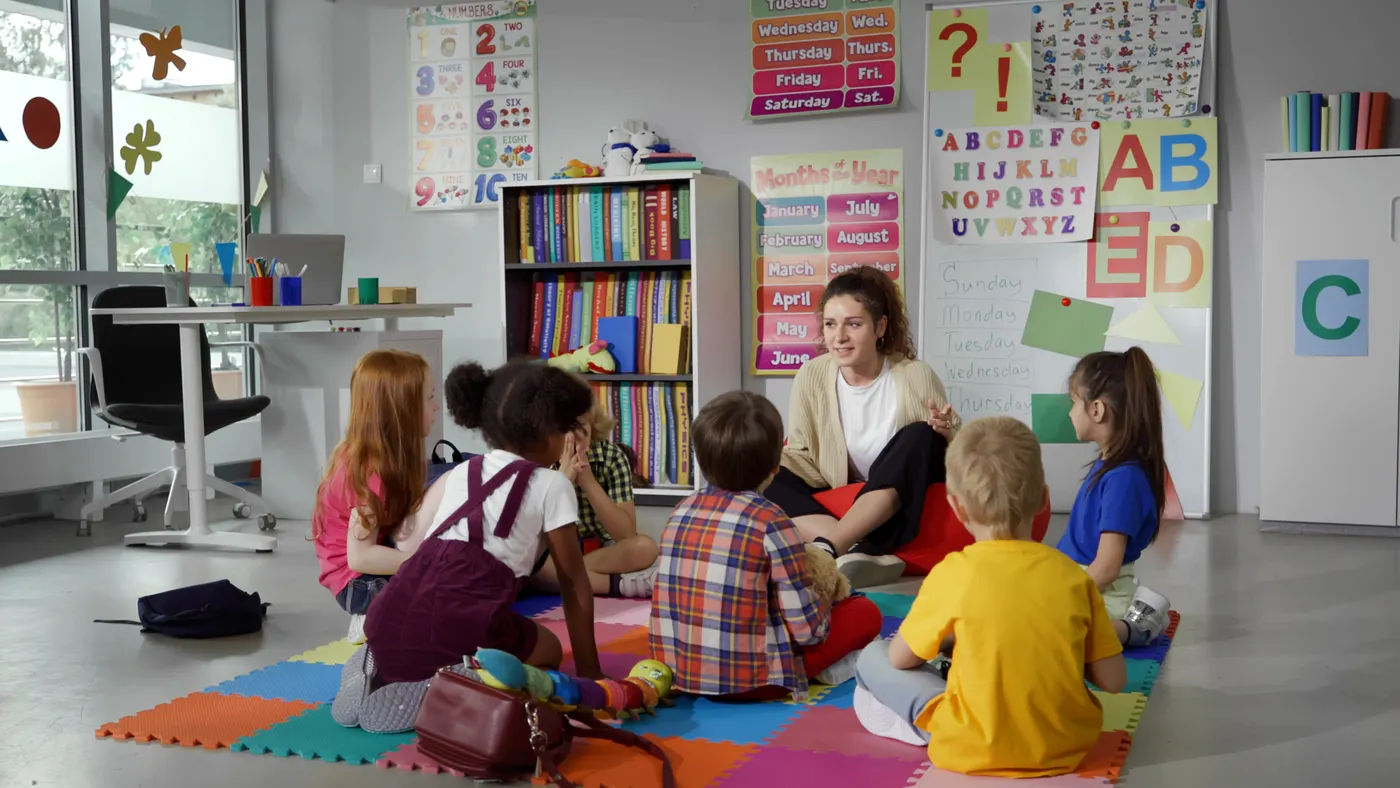
Are young students getting enough academic support?
Younger elementary students are likely to need more reading and math support because they are either falling behind or consistently testing below historical trends, according to research released July 1 by Curriculum Associates, a company that provides instructional materials and assessments.
Using longitudinal data from fall 2016 to spring 2019 and post-COVID-19 student data from fall 2021 to spring 2024, researchers found that younger students — those who were ages 3 and 4 during the pandemic — are the furthest behind.
Of the nation's 3.5 million 2nd graders, the data shows that 1.3 million are behind in reading, and 1.7 million are behind in math. Curriculum Associates researchers said there is urgency in addressing these setbacks, as learning gaps may expand over time.
In addition to younger learners, students who are low-income or from "minoritized communities" continue to perform below pre-COVID levels, researchers found. Specifically, schools serving majority Black or Hispanic students show, in some cases, widening disparities, with academic performances remaining far behind overall historical trends.
Students whose families have a median annual household income either below $50,000 or between $50,000–$75,000 are also testing at lower levels compared to pre-pandemic patterns.
Mark Sullivan, superintendent of Birmingham City Schools in Alabama, said in a statement that even before the pandemic, many students in the district were testing at lower levels. To boost performances, the district trained teachers on the science of reading, set high expectations for educators and students, and involved families in student learning.
"We were not pleased with the number of third graders reading on grade level, so we had to become intentional in everything we do.," Sullivan said.
This year, the district saw a 75% increase in the number of students reading at or above grade level.
The Curriculum Associates study said the national data also points to improved performances for some students. Specifically, students who were in 4th grade in 2021 are showing growth in reading and math, and those results are similar to pre-pandemic growth trends.
Still, the disappointing scores of some student populations highlight the need for educators to question whether interventions are targeting the student populations most in need, the study said.
Tequilla Brownie, CEO of TNTP, a nonprofit that provides resources to support students, said in a statement that schools can help students catch up by creating a sense of belonging and providing access to grade-level instruction.
“While most young people who fall behind stay behind, there are diverse schools across the nation where students who started behind grade level are consistently catching up,” Brownie said.

